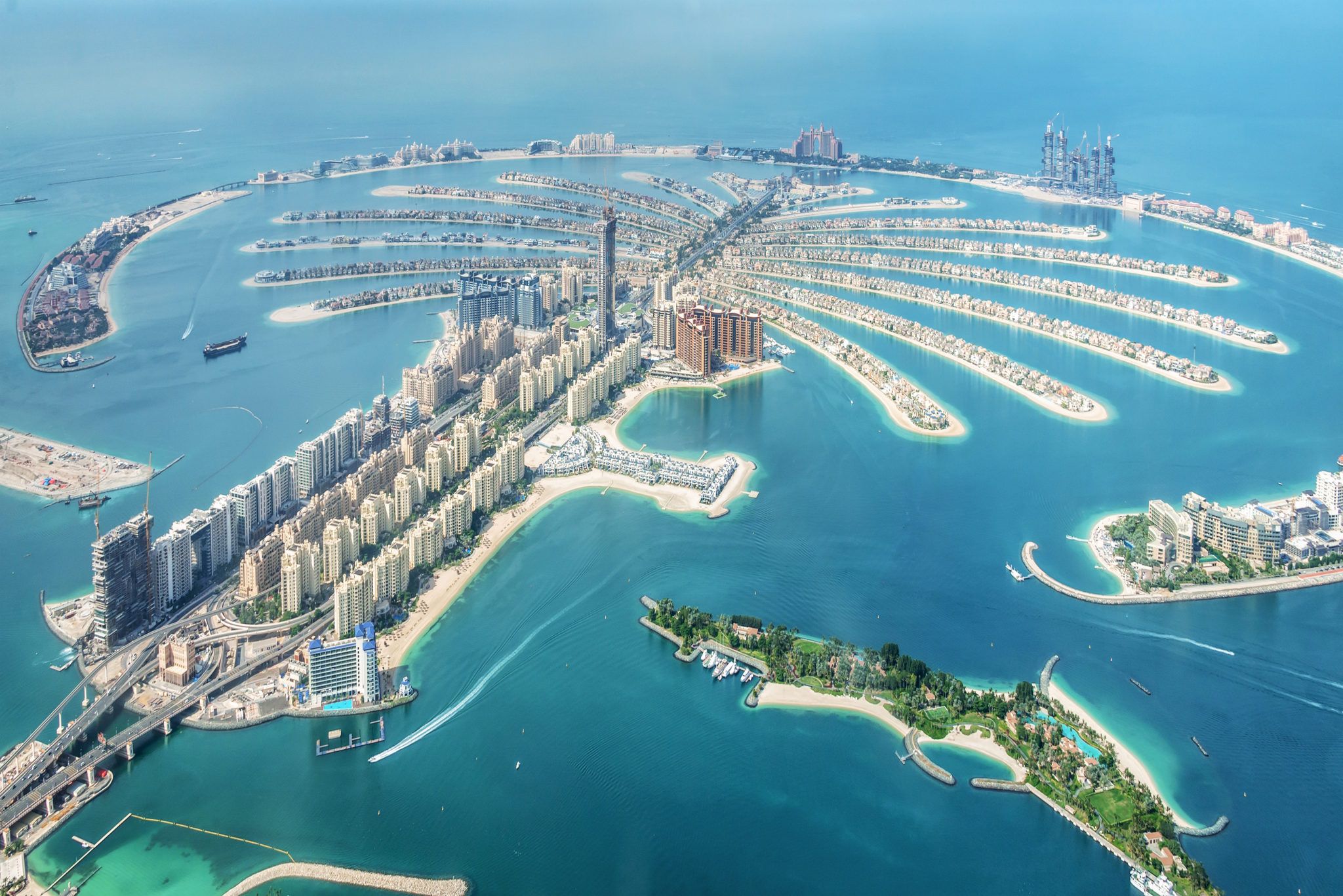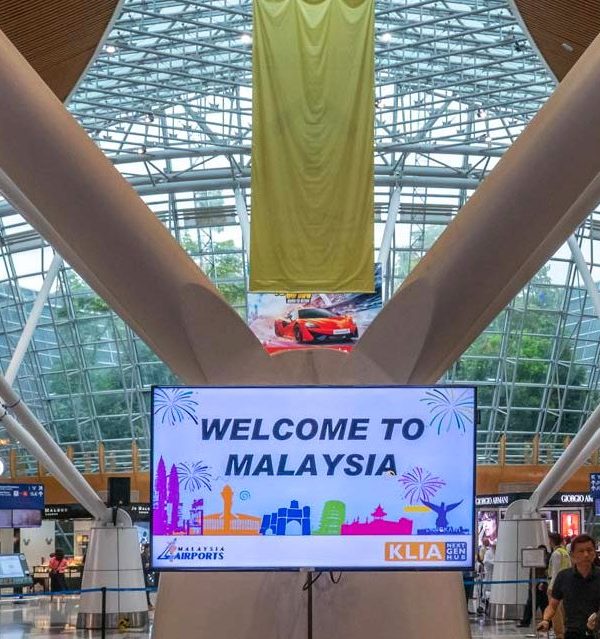The visa-based metric of ‘welcoming’ countries is seen as an inverse companion to ‘passport power’ rankings.
Many travellers are familiar with the regularly released rankings of passports, naming those to whose holders visa-free access is granted by the most countries. Nationals of places like Japan and Singapore often sit at or near the top the list, with their passports freely recognised by the largest number of countries.
Two of the most-referenced Passport Index rankings are those compiled and published by Arton Capital and Henley.
Arton Capital’s ranking currently names the United Arab Emirates as the world’s most powerful, while Henley, which uses a different methodology, declares Japan’s passport as the world’s ‘most powerful.’

Worth noting, of course, is that oftentimes the difference between first place and, say, 20th place on these lists is just a tiny handful of destinations. For example, in Henley’s 2022 Q3 ranking, Japan is on top, with visa-free access to 193 destinations. A full 20 spots lower is Belgium (in a six-way tie), with visa-free access to 186 destinations. So sitting atop these lists is not quite as impressive as it may seem at first glance.
On the flip side, though, are the countries whose doors are most open – in visa terms, at least – Arton Capital measures these in its Welcoming Countries Rank, and its 2022 list provides some fascinating insights into the current state of global mobility.
The countries considered most welcoming by this particular metric are likely not what you’d think.
While the Passport Index considers a country’s power in terms of its passport being granted visa-free access by other destinations, the Welcoming Countries Rank, conversely, looks at 199 countries and measures them in terms of how many passports they accept either visa-free, with a visa on arrival, or with eTA (electronic travel authorisation).

Canada, for example, is generally considered a welcoming country, but on this list, it’s a humble No. 71, allowing only 54 nations easy access. That’s just above Australia, who gives that privilege to 46 countries, and the United States, ranked in 73rd place, which freely permits just 45 countries. The United Kingdom, meanwhile, grants access to 95 countries, ranking it in 44th place, tied with the Marshall Islands, of all places. (Most of the EU bloc countries are tied for 47th place, with access permitted to 92 countries.)
Like we said, the list is probably not what you’d expect. Many of the world’s most welcoming countries, perhaps logically, tend to be the ones that the majority of travellers wouldn’t necessarily put high on their bucket list. After all, a super-popular destination – for business or leisure – probably doesn’t need to make their country particularly easy to enter, as they know people will still make the effort.
More pragmatically, though, visa access is typically based on a model of reciprocity – sort of a “you accept our passport, we’ll accept yours” approach. But when it comes to comparing the Passport Index to the Welcoming Countries list, that isn’t always the case.
“The countries that normally have the ‘best’ passports [in the power rankings] have the most restrictive visas,” says Arton, regarding its ranking of the Most Welcoming Countries. “If you take [those] top countries, they’re not the most welcoming – except Singapore.”
:max_bytes(150000):strip_icc()/singapore--garden-by-the-bay--supertree-grove-638256268-fa59e7e78b6449aaa40f68eafe6ff1a1.jpg)
Singapore is the uncommon country taking a different approach, in effect saying, “‘You know what, we want to have visitors and be bilateral.’ So they have 170 [visa-free] places they can go, and [162 nationalities] who can enter in their country without [visas], so they’re believing in the reciprocity,” according to Arton.
Singapore is No. 16 on the Welcoming Countries Rank, offering access to 162 countries, followed closely by a couple of other Asian destinations which are reflecting the reciprocity model: Hong Kong at No. 21 and South Korea at No. 33.
As for the nations in the very top spot, there are 23 of them in a huge tie for first place, all granting easy access to visitors from 198 countries out of 199. Of these 23, a whopping 15 are found in Africa, which seems to have really embraced the ‘free travel’ model with both arms.

In the ASEAN region, one notable country is featured in that top-ranked scrum: Cambodia. (East Timor is in the 23-nation top spot, too, though it’s less often considered part of ASEAN proper, more generally lumped in the ‘Southeast Asia’ geographical category instead.)
The rest are all countries that we’re betting are not likely on your wish list for 2023 travel: Angola, Djibouti, Guinea, Maldives, Comoros, Somalia, Bolivia, Malawi, Qatar, Micronesia, Burundi, Guinea-Bissau, Nigeria, Tuvalu, Samoa, Gabon, Cote d’Ivoire, South Sudan, Democratic Republic of Congo, Rwanda, and Ethiopia.
(Well, okay, maybe we’d count the Maldives featuring on plenty of dream trips lists!)

Tied for the second slot, with easy access granted to 197 countries, you’ll find Seychelles, Togo, Uganda, Cape Verde, Mauritania, and Suriname.
Next, in the third position (196), there’s Palau, Dominica, and Madagascar.
But then, solely occupying the fourth tier, is Malaysia.
That’s right, Malaysia is ranked very highly as a ‘welcoming’ country, at least in terms of the nationalities to whom easy access is granted. Malaysia permits reasonably free access to the passport holders of 195 countries, which really is quite astonishing.

Elsewhere in the region:
- Laos (169)
- Philippines (159)
- India (152)
- Taiwan (90)
- Vietnam (88)
- Indonesia (86)
- Thailand (82)
- Japan (67)
- Brunei (63)
- China (20)
- Myanmar (8)
- Macau (3)
To see the full list, visit Arton Capital’s ranking page HERE.

